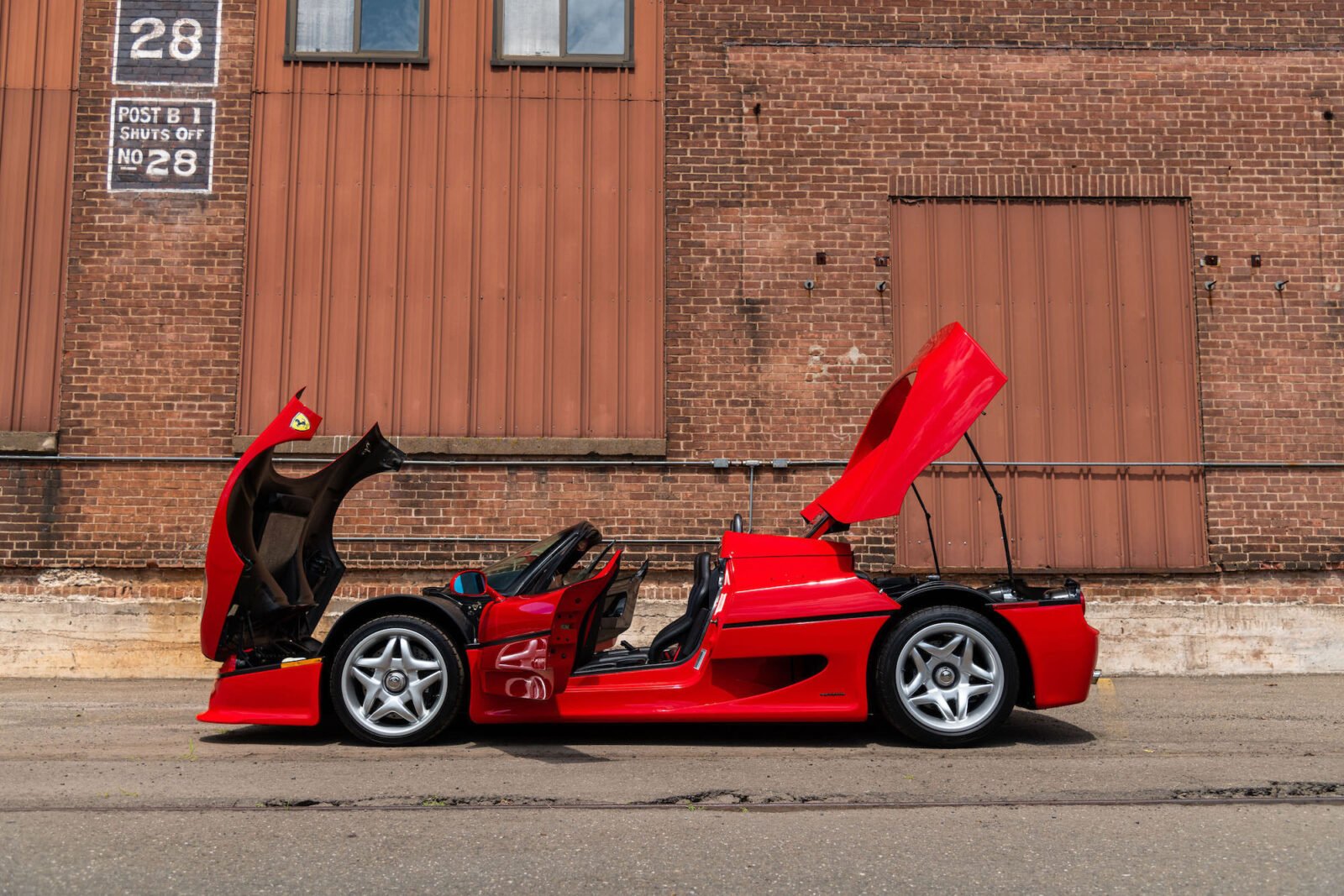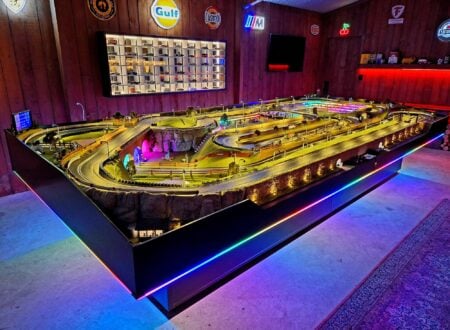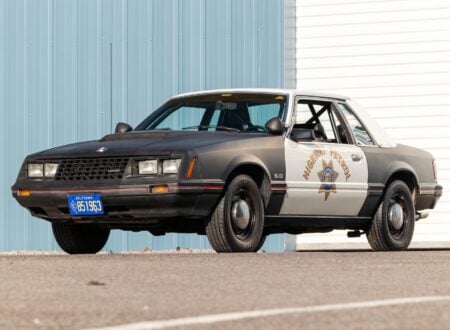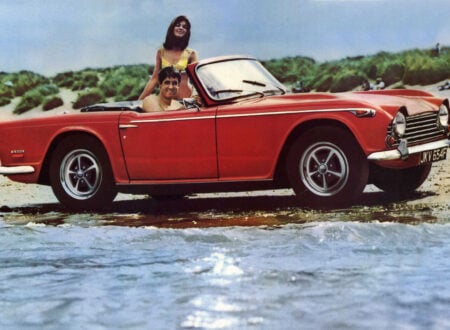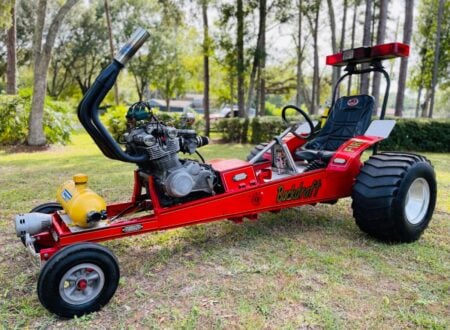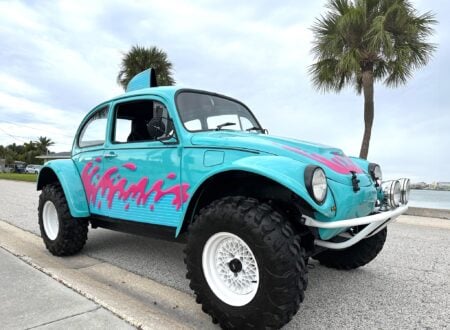When the Ferrari F50 was introduced in 1995 it had big shoes to fill, it was destined to be the successor to the enduringly popular Ferrari F40, a vehicle that remains one of the most beloved supercars of all time.
Following in the naming convention of the F40, the F50 was released to celebrate 50 years since Ferrari was founded, and it was intended to showcase everything the company had learned both in Formula 1 and in its road car operations.
Fast Facts – The Ferrari F50
- The Ferrari was introduced in 1995 to celebrate 50 years since the company’s founding, the name is derived from “Ferrari 50.”
- The 65º V12 engine was directly derived from the engine used in the 1990 Ferrari 641 Formula 1 car, with significant modifications to make it suitable for road use.
- The Ferrari F50 was built with a full carbon fiber monocoque structure, F1 inspired wishbone and pushrod suspension front and back, and the engine was used as a stressed chassis member.
- Just 349 examples of the F50 were ever built, a number chosen because it was exactly one car fewer than the company believed they could sell.
The Ferrari F50
When the Ferrari F50 was released in 1995 the anticipation was palpable, this was the car destined to succeed the wildly popular Ferrari F40, and unlike its forebear it was fitted with a naturally aspirated V12 that was directly derived from Ferrari’s 1990 F1 car engine.
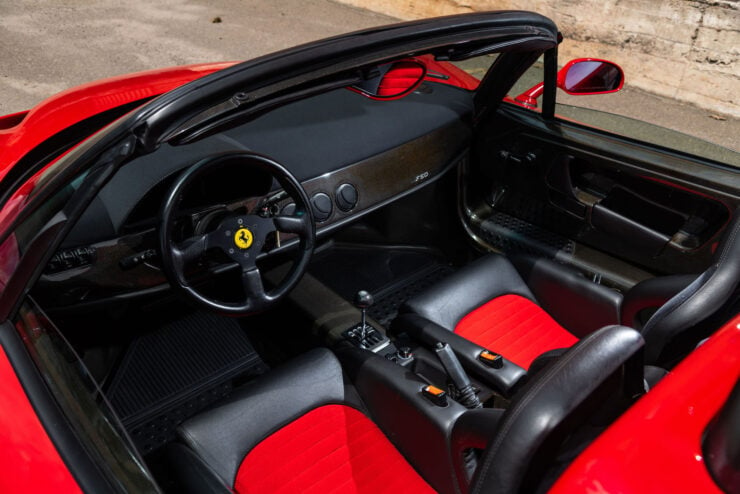
Above Image: The F50 has no power steering or power brakes, no ABS, and it uses wind up windows. All to keep weight down and give the occupants a truly analogue experience.
In order to mark half a century of operations, Ferrari set out to do the impossible – build a road legal Formula 1 car with two seats. Now as much as that may sound like hyperbole, it’s remarkably close to reality.
Not only was the Ferrari F50 fitted with a Formula 1 derived V12 engine, it was also fitted with F1-style double wishbone and pushrod suspension front and back, the engine is a stressed chassis member as is the transaxle gearbox, the car uses a puncture resistant fuel bag rather than a traditional tank, and the car has no driver aids – power steering, power brakes, tractional control, or ABS were never offered.
“The first and last Formula 1 car with two seats.” – Former Ferrari President Luca di Montezemolo
So extreme was the F50 that Ferrari believed they would probably only be able to sell 350 of them worldwide, so they made exactly 349 in order to ensure the car would always be in demand. Just 55 examples would be offered for the United States, and today original USA-delivered cars tend to attract a premium.
Above Video: This short film hosted by former-F1 driver Tiff Needell offers an excellent introduction to the F50.
The Ferrari F50 – Specifications
As with any Ferrari since the company’s inception, it’s the car’s engine that is the true hero. Even for a company like Ferrari who have been famous for building technically sophisticated engines since the mid-20th century, the F50 engine was something special.
The concept of taking a Formula 1 engine and putting it in a road car sounds foolhardy on the face of it. F1 engines of the era were designed to last 70 odd laps and not a lot further, they were designed to run on race fuel, and they only needed to push a vehicle that weighed a few hundred kilograms.
Ferrari engineers set about taking the 3.5 liter V12 used in the 1990 Ferrari 641 Formula 1 car and turning it into a 4.7 liter road-going supercar engine, and I’m willing to bet they regularly needed wine with their lunch during the engine development process.
What they ended up developing was an engine for the ages, a 65º naturally aspirated V12 with 5-valves per cylinder, double overhead cams per bank, forged Mahle pistons, forged titanium connecting rods, a forged steel crankshaft, and a total weight of just 198 kg (437 lb).
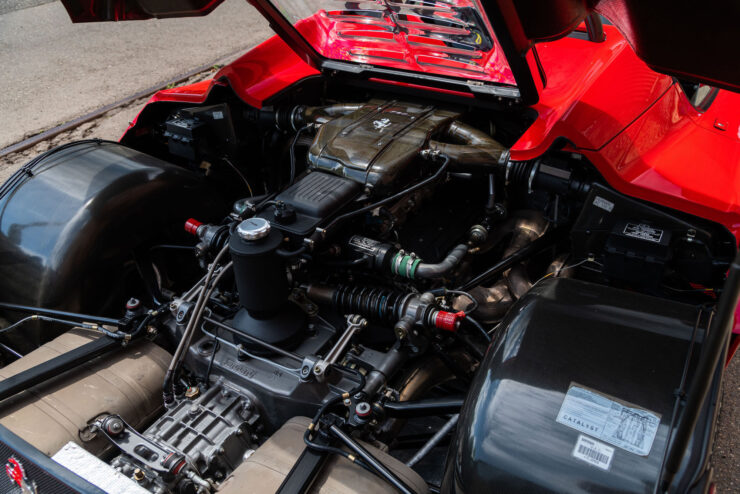
Above Image: The Formula 1-derived V12 has 5-valves per cylinder and it turns out over 500 hp. Enough to send the F50 to a top speed of just over 200 mph.
According to Ferrari the power output was 520 hp at 8,500 rpm with 347 lb ft of torque at 6,500 rpm. This gave the 3,080 lb (1,397 kg) F50 a 0 to 60 time of 3.8 seconds, a 1/4 mile time of 12.1 seconds at 123 mph, and a top speed of 202 mph.
The Ferrari F50 Shown Here
The F50 you see here has full Ferrari Classiche certification (January 2013) and it won both the Platinum Award and “Best F50” at Cavallino XXIX.
This car was delivered new to Ferrari collector Stanley Cohen of Windsor, Connecticut who would own the car for 22 years, always using the same person to service it – Thomas Passalacqua.
A major engine service was completed in January 2017, later that year the car also received a new fuel bladder, tires, and brake lines, all in it cost nearly $51,000 USD.
The car is now due to roll across the auction block with RM Sotheby’s in mid-August, if you’d like to read more about it or register to bid you can click here to visit the listing.
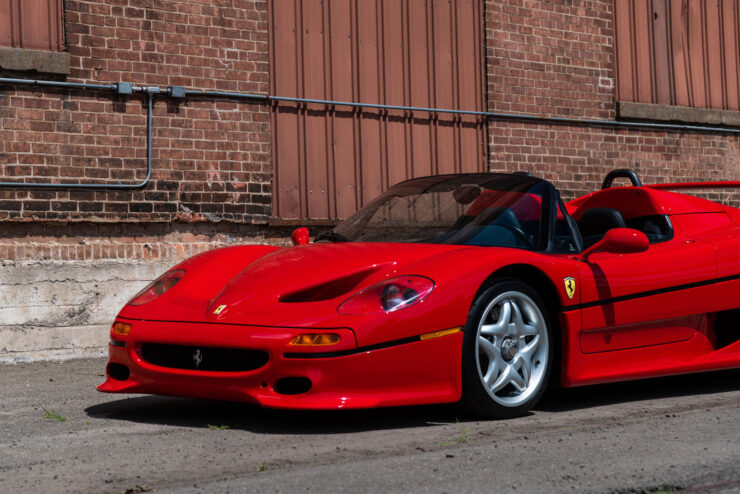
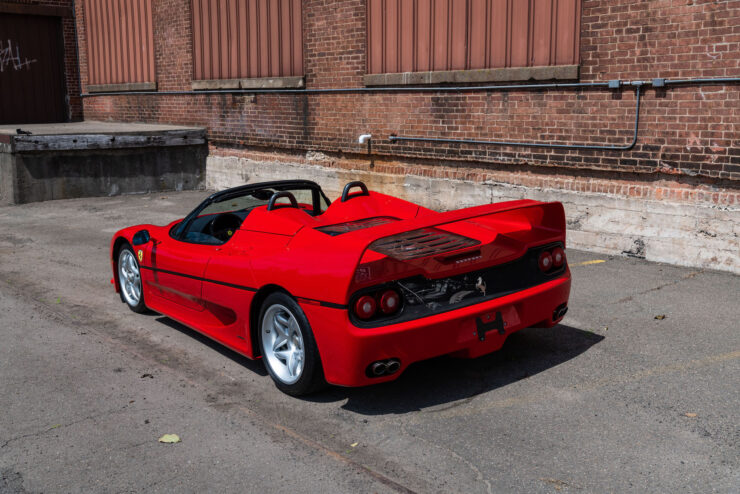
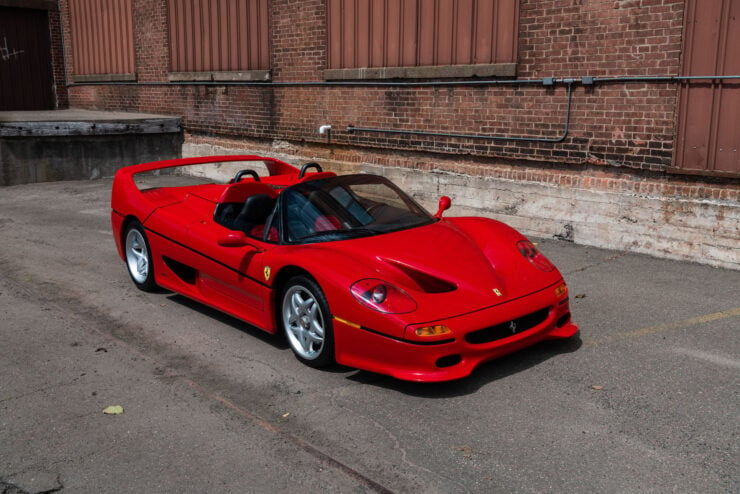
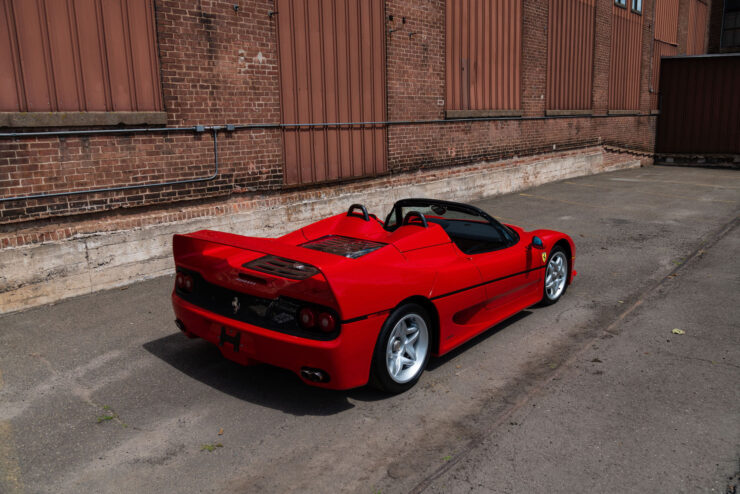
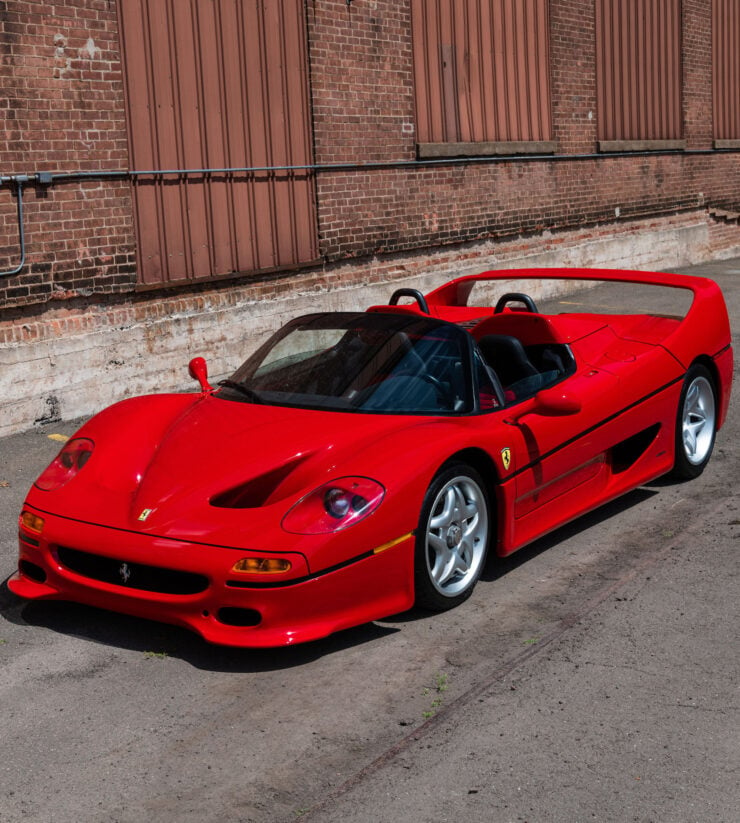
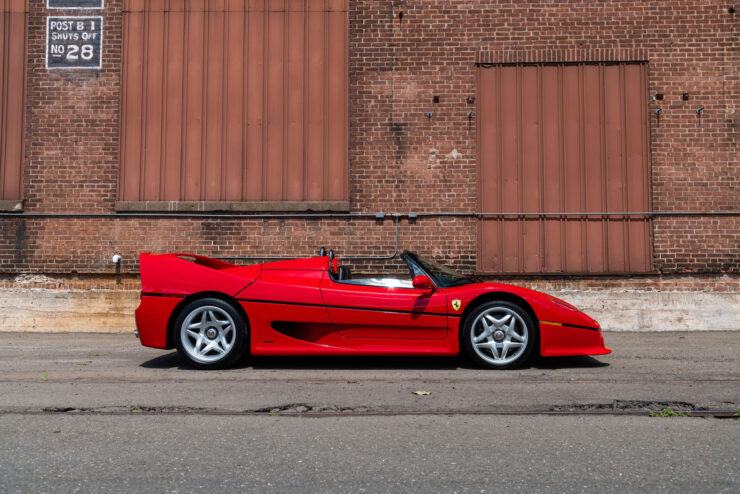
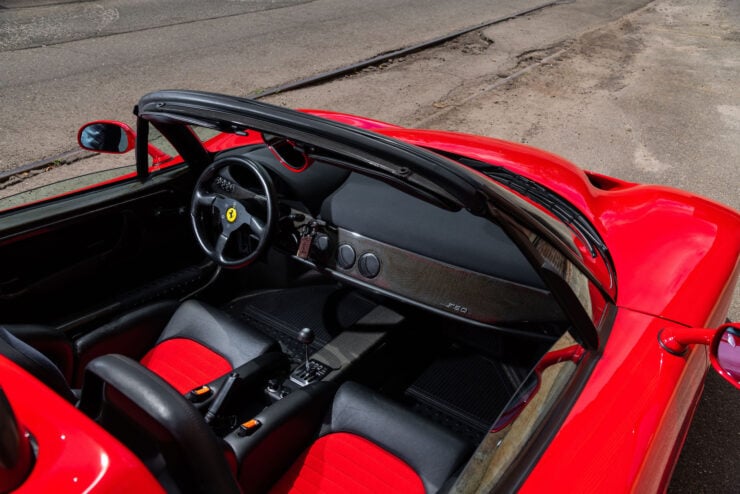
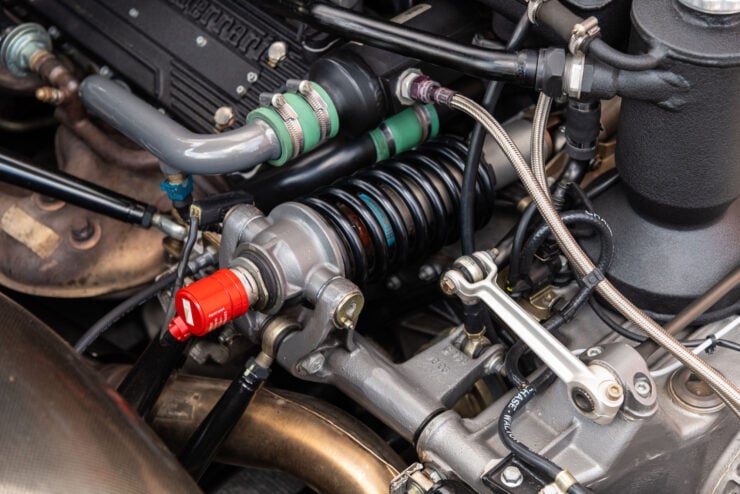
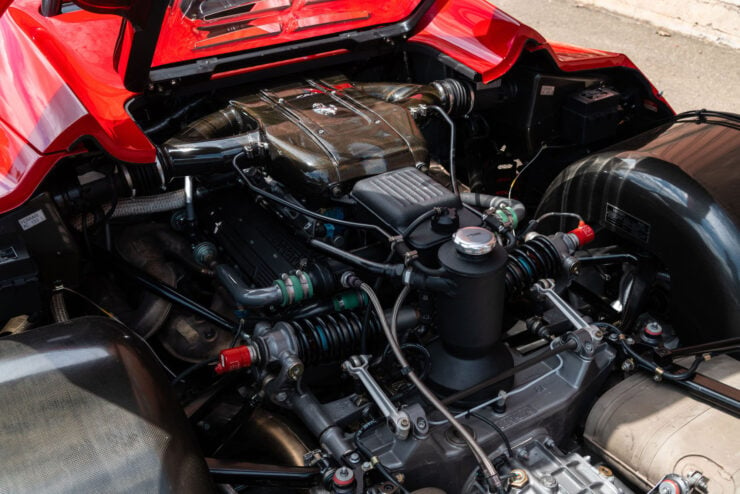
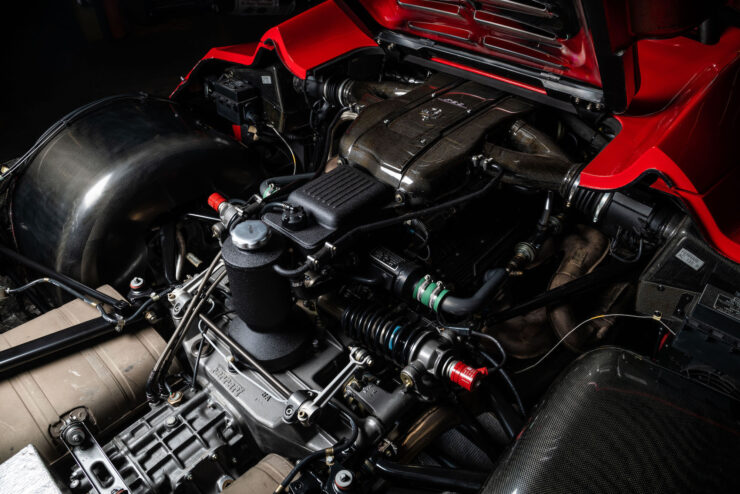
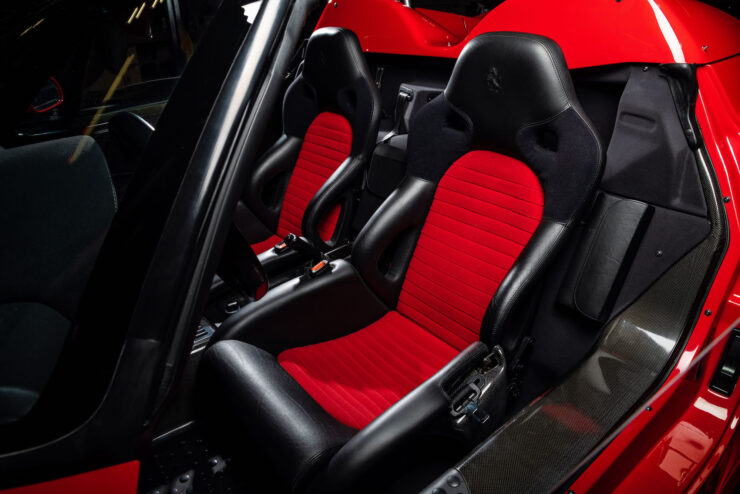
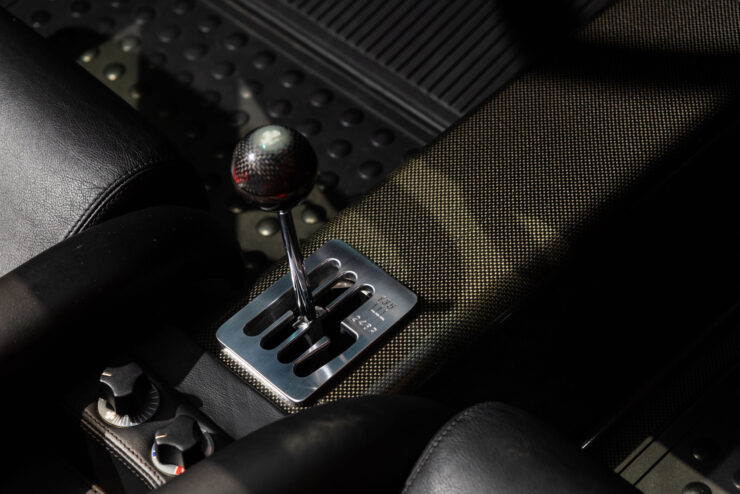
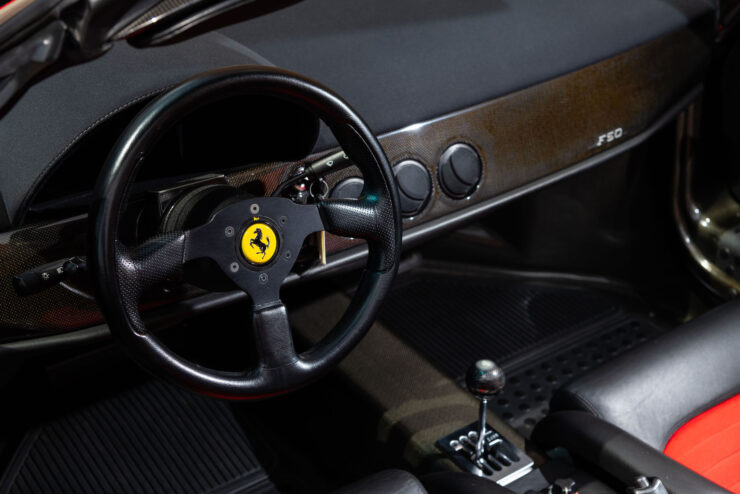

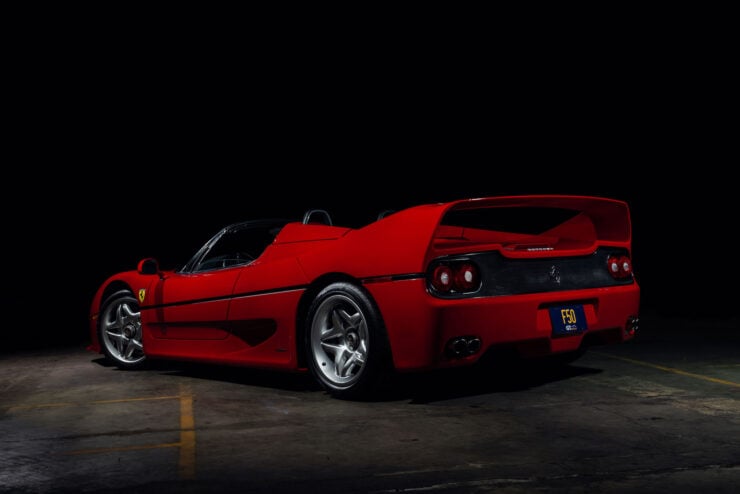
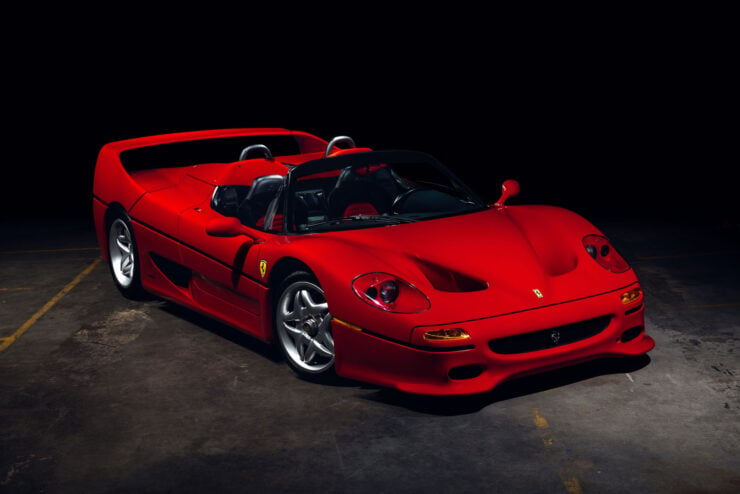
Images: Andrew Link ©2021 Courtesy of RM Sotheby’s

Articles that Ben has written have been covered on CNN, Popular Mechanics, Smithsonian Magazine, Road & Track Magazine, the official Pinterest blog, the official eBay Motors blog, BuzzFeed, Autoweek Magazine, Wired Magazine, Autoblog, Gear Patrol, Jalopnik, The Verge, and many more.
Silodrome was founded by Ben back in 2010, in the years since the site has grown to become a world leader in the alternative and vintage motoring sector, with well over a million monthly readers from around the world and many hundreds of thousands of followers on social media.

